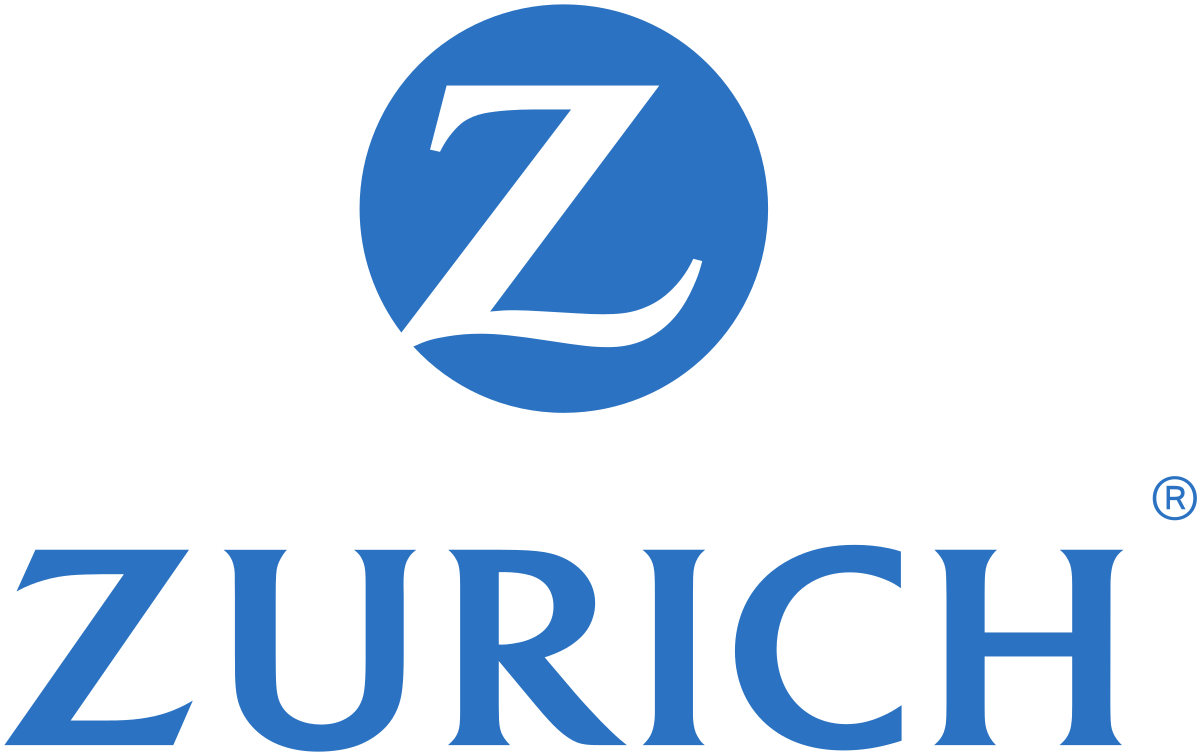The growing significance of the ‘gig’ economy in Ireland’s labour market will be one of the big themes explored in the National Recruitment Federation (NRF) conference, which takes place on February 19 in the Clayton Hotel Burlington Road in Dublin.
Brendan McGinty (pictured), strategic policy advisor at the NRF, said that a labour pool of contingent workers supports business competitiveness.
The number of employees who are agency workers increased by 4.8% year-on-year to 55,500 in Q3 2019, according to CSO research.
“Although a relatively small proportion of Ireland’s overall workforce, Ireland is seen to be following a global trend towards more flexible labour markets and labour supply,” McGinty added.
“A growth in the numbers of contingent workers allows industry and the public sector to adapt to market needs efficiently and cost-effectively.”
With the total number of employees put at 1.99 million by the CSO in 2019, agency workers in Ireland now account for 2.8% of the workforce. “The figures also show that for those taking up agency positions, the majority can now access a permanent job or work contract of unlimited duration,” said McGinty.
“Almost 68% of all agency workers were recorded as having a permanent role or an unlimited work contract, an increase of 9% in the year. The growing reliance on temporary agency workers can be a ‘pathway’ to full employment, as well as a reflection of market conditions requiring new ways of working.”
Full Employment
With the unemployment rate now at 4.8%, Ireland is essentially at full employment, said McGinty, with employers struggling to fill key vacancies. “In this context, the growth in temporary agency work reflects two distinct labour market trends.
“Firstly, it provides opportunity for people who face difficulty finding work in the regular labour market, maybe due to lower skills or education level, and facilitates the successful transition from unemployment into employment.
“In terms of education, while 25,600 (46%) of the total workforce that is classed as ‘agency’ has a third-level degree or above, 18,900 (34%) have secondary level education or below.”
The second labour market trend identified by McGinty is that labour market demand allows more skilled workers in vocational and professional roles to choose agency work or contractor roles that give better flexibility.
“Nurses, security guards, cleaners, office administrators, chefs and hospitality staff are traditionally more likely to work as agency staff. But the likes of IT contractors, accountants, engineers and architects are among the sectors where the number of contingent workers is rapidly growing,” said McGinty.
“The rate of increase in agency workers shows strong growth amongst males, now recorded at 30,200, an increase of 2,600 in a year, or 9.4%. In contrast, the number of female agency workers rose by just 900, or 3.7%, in the year to total 25,300.”
Another labour market trend noted by McGinty is the continued low participation by female workers. “Even with some 80,000 more women at work than in 2014, Ireland is still the fifth lowest country for the proportion of women at work in the EU. The country needs more active labour market policies to encourage women back into the labour force.”
In order to encourage more women back to work, McGinty believes that several issues need to be addressed, including skills development, better choice in flexible work options, affordable childcare and more workable social protection measures.
“Globally, a flexible workforce with a higher proportion of contingent workers is increasingly recognised as a real asset for economic competitiveness. How we all do our work is changing and evolving at a rapid pace, and employers and HR professionals need to adapt recruitment policies and workplaces accordingly.”
McGinty added that the people resourcing for business require flexible responses to changing needs, while workers on temporary contracts could place a greater weight on the opportunity to gain experience over other considerations such as job security.
“The surge of more diverse forms of work creates an ecosystem of full-time, part-time, temporary and fixed-term employees, as well as agency workers, freelancers and consultants.
“This is as a result of the growing weight of services in the economy, technological change, and the emergence of new business models, and will become the new norm, as 2020 ushers in the era of the contingent workforce.”
Tickets for the National Recruitment Federation conference cost €125 (NRF member rate), €195 (CIPD rate) or €250 (non-member rate). The conference runs from 7.30am until 6.30pm on the day.








